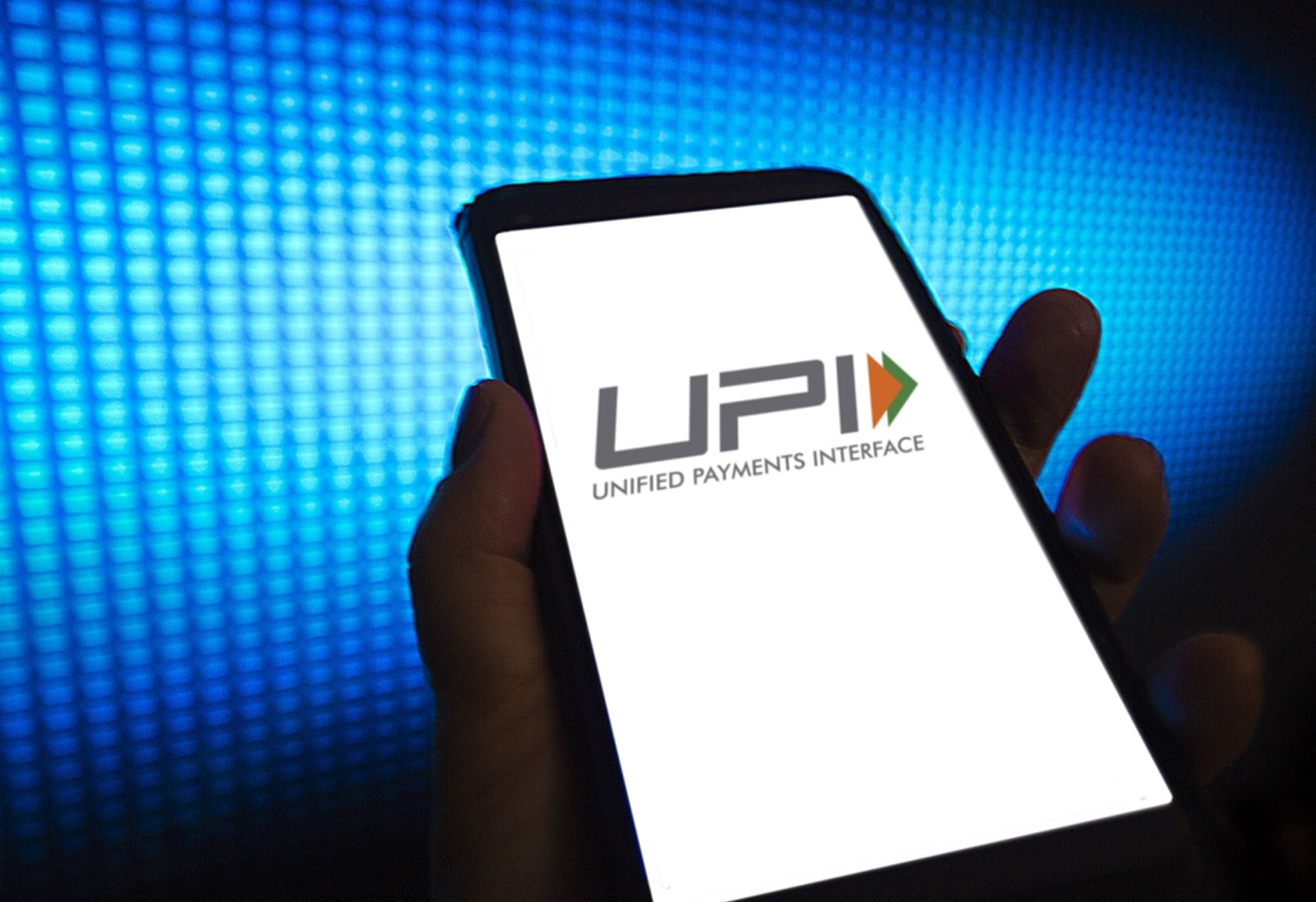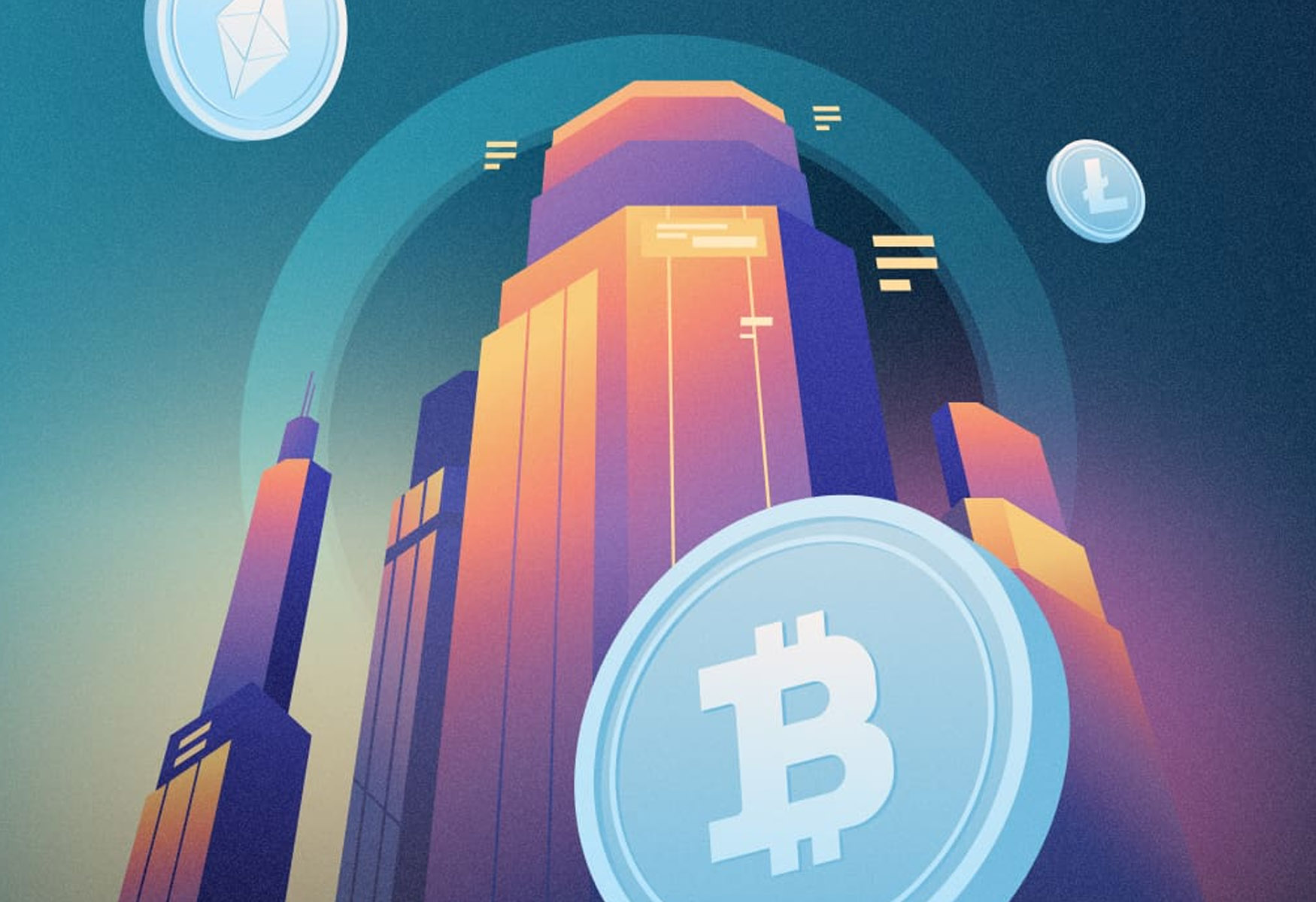India’s Unified Payments Interface (UPI) has been widely acclaimed for facilitating a surge in mobile digital payments in the country. However, Mastercard’s CFO, Sachin Mehra, has expressed reservations about the economic sustainability of the UPI ecosystem. At a recent conference, Mehra described the UPI as an “incredibly painful experience” for ecosystem participants, highlighting the financial losses borne by banks and other participants.
Key Takeaway
Mastercard’s CFO, Sachin Mehra, has raised concerns about the economic sustainability of India’s UPI ecosystem, citing financial losses borne by ecosystem participants as a major challenge. Despite reservations, many businesses have found innovative ways to thrive within the UPI ecosystem, but the future of UPI’s economic model and its impact on the Indian digital payments landscape remain uncertain.
Challenges faced by ecosystem participants
Mehra highlighted the financial burden borne by banks and other ecosystem participants as one of the main challenges associated with UPI. Unlike card networks such as Mastercard and Visa, UPI operates largely at no cost to merchants, resulting in reduced revenue streams for banks. The question of whether this economic model is sustainable in the long term remains to be seen.
Reservations from industry stakeholders
Mastercard is not the only entity expressing concerns about the economic framework of UPI. Several fintech executives have appealed to the government to impose fees on merchants to ensure the commercial viability of the UPI ecosystem. However, despite reservations, many firms in India have innovated and built successful businesses around UPI, finding alternative revenue streams such as subscription fees or device payments.
The impact on businesses and stakeholders
Despite the challenges, the shift from cash to cashless transactions has benefited various stakeholders. Banks have seen cost savings from a decline in ATM transactions, while the government has benefited from lower currency printing costs and increased tax collection efficiency. Consumers and merchants have also potentially earned greater interest income from a decline in the use of physical currency. However, Mastercard and Visa, both major players in the Indian market, may face obstacles as the government increasingly promotes the homegrown Rupay card network.
Conclusion
The UPI ecosystem in India has been instrumental in driving the adoption of mobile digital payments. While it has been widely praised, concerns have been raised about its economic sustainability. With stakeholders facing financial challenges and the rise of domestic card networks, the future of UPI and its impact on the Indian digital payments landscape remains uncertain.

























